
The following, though written five years ago, still seems relevant enough today to merit quoting. It comes from my favorite contemporary historian, Eric Hobsbawm — specifically his short book On Empire: America, War, and Global Supremacy (New York/London: The New Press, 2008):
“Frankly, I can’t make sense of what has happened in the United States since 9/11 that enabled a group of political crazies to realize long-held plans for an unaccompanied solo performance of world supremacy. I believe it indicates a growing crisis within American society, which finds expression in the most profound political and cultural division within that country since the Civil War, and a sharp geographical division between the globalized economy of the two seaboards, and the vast resentful hinterland, the culturally open big cities and the rest of the country. Today a radical right-wing regime seeks to mobilize “true Americans” against some evil outside force and against a world that does not recognize the uniqueness, the superiority, the manifest destiny of America. What we must realize is that America global policy is aimed inward, not outward, however great and ruinous its impact on the rest of the world. It is not designed to produce either empire or effective hegemony. Read more
From the Chicago Reader (November 10, 2006). — J.R.

Pere Portabella: Cinema From the Spanish Underground
The first North American retrospective of Catalan filmmaker Pere Portabella started last week at the Gene Siskel Film Center, and it’s one of the year’s biggest cultural events. None of his films has ever been screened in Chicago, and none has ever been released anywhere on DVD or VHS. All five of his features are showing here (though none of his ten shorts), and if you don’t see them now, chances are you never will.
Most of Portabella’s films can be classified as experimental, though they have little in common with the films usually given that label, which tend to be nonnarrative and shot in 8- or 16-millimeter or on video. All of his features are in 35-millimeter and use narrative, though they never tell a complete story. They all have rich sound tracks that go in and out of sync with the images, sometimes reinforcing what we see, sometimes contradicting it. They all drift smoothly, often unexpectedly, from narrative to reverie and from fiction to documentary, interjecting rude shocks along the way. They’re full of comic incongruities as well as creepy interludes, and they’re all intensely physical experiences — sounds and images that assault or caress. Read more
Thom Loree, one of Robin Wood’s dearest friends, has sent me the following, and kindly given me permission to reproduce it here. This list was dictated to Robin’s friend John Anderson two days before he died. (Correction, 1/7/10: Thom has informed me that he misunderstood the date; this list was in fact composed “a few weeks” before Robin died, not two days, although he was already “gravely ill at the time”.) Rio Bravo was clearly in the number one slot; the others weren’t ranked, and are given in the order in which he dictated them. –J.R.
Rio Bravo

Either I Can’t Sleep or I Don’t Want to Sleep Alone (Robin wasn’t articulating well, but probably the former)


Sansho Dayo
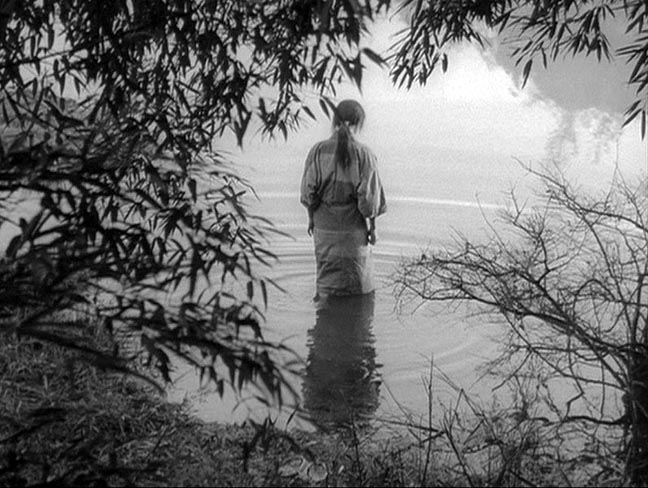
Tokyo Story

Ruggles of Red Gap or Make Way for Tomorrow
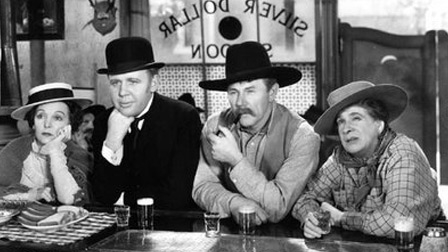
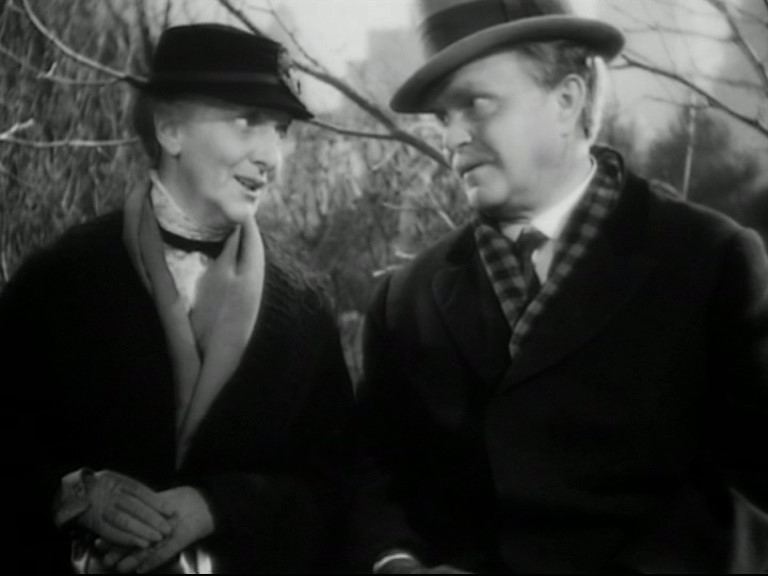
Code inconnu
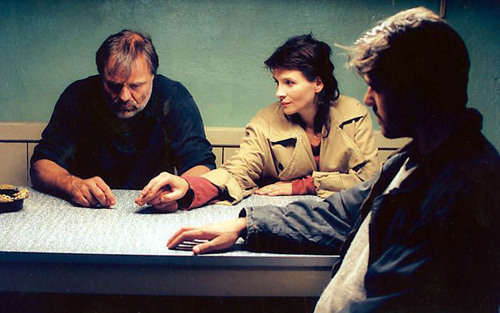
The Reckless Moment or Letter from an Unknown Woman

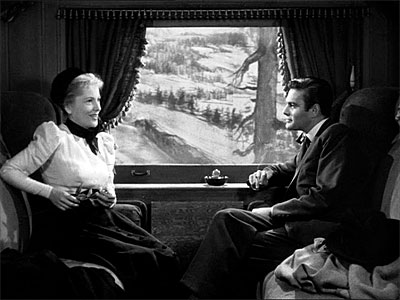
Angel Face (something of a surprise, this)
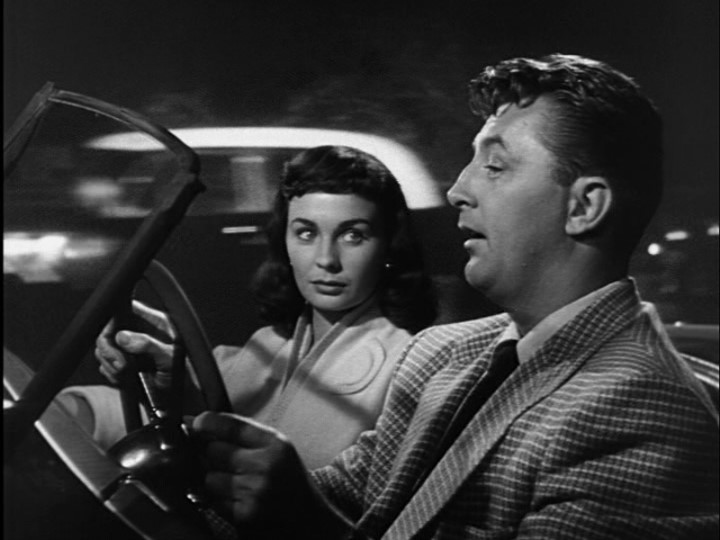
The Seven Samurai

Le Crime de Monsieur Lange or La Règle du jeu
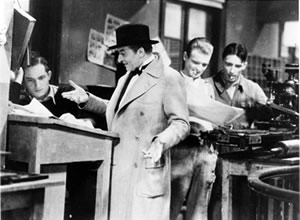
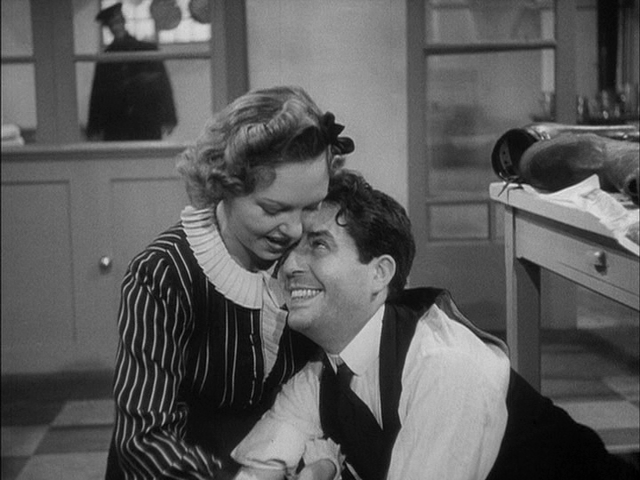
Thom adds: “No Hitchcock, curiously enough.”
Read more
















